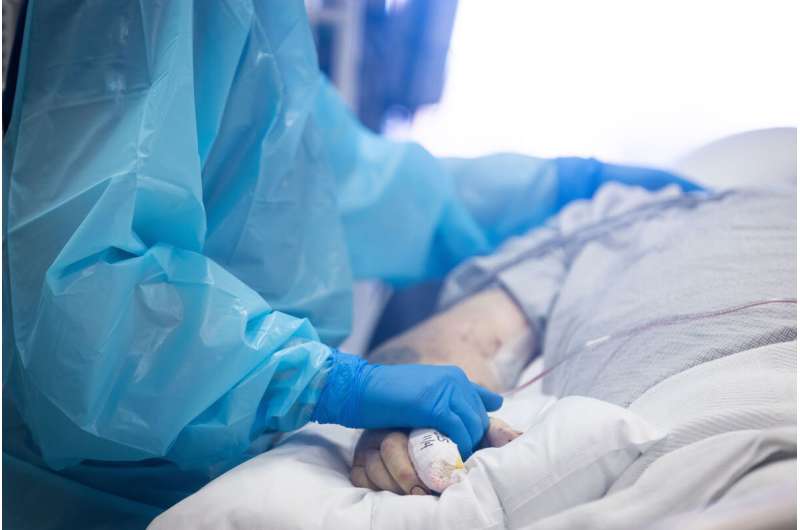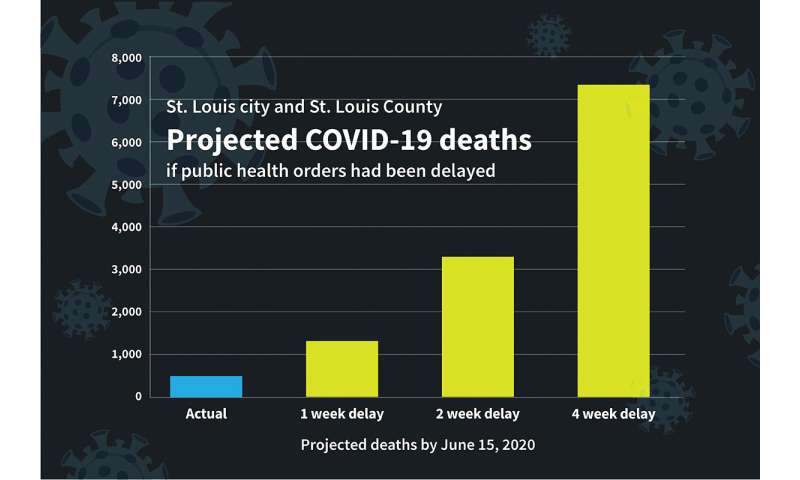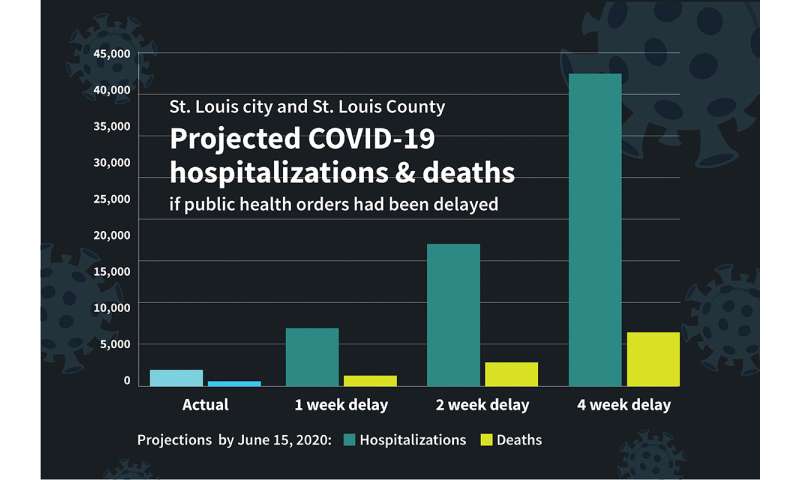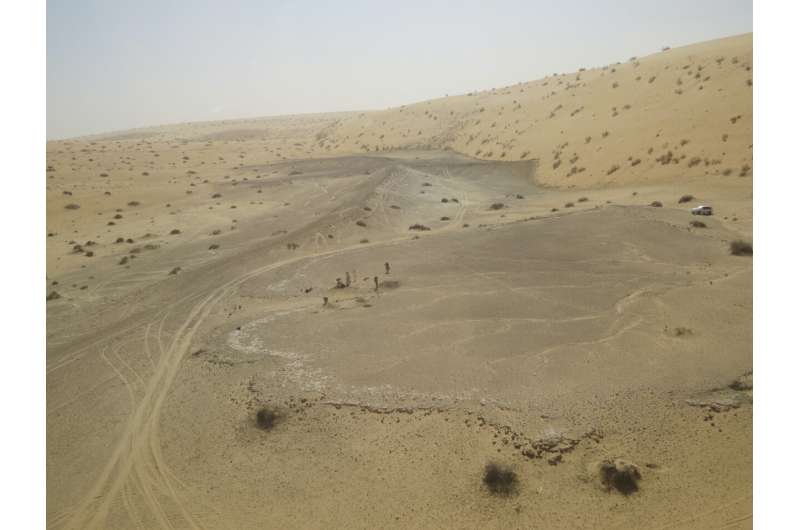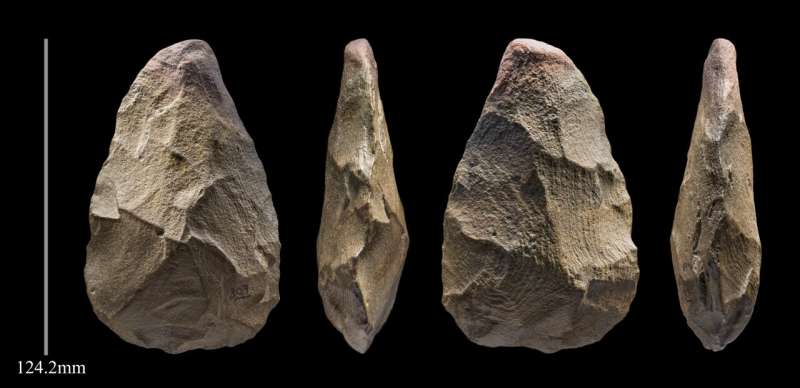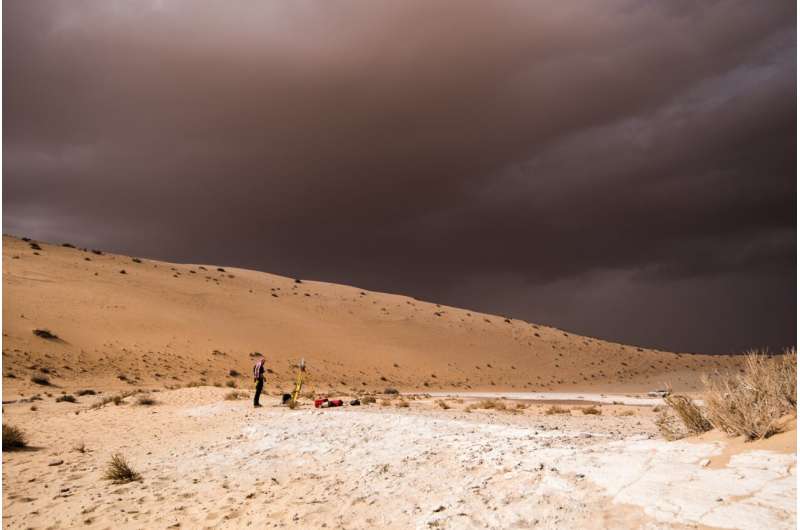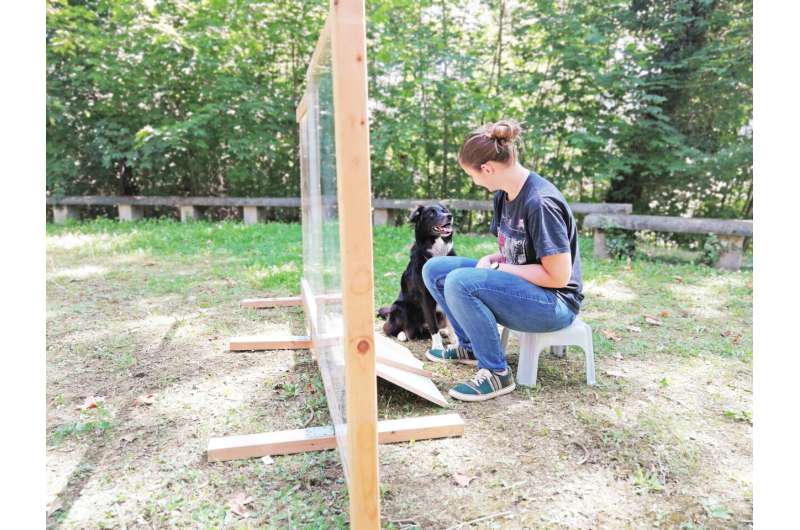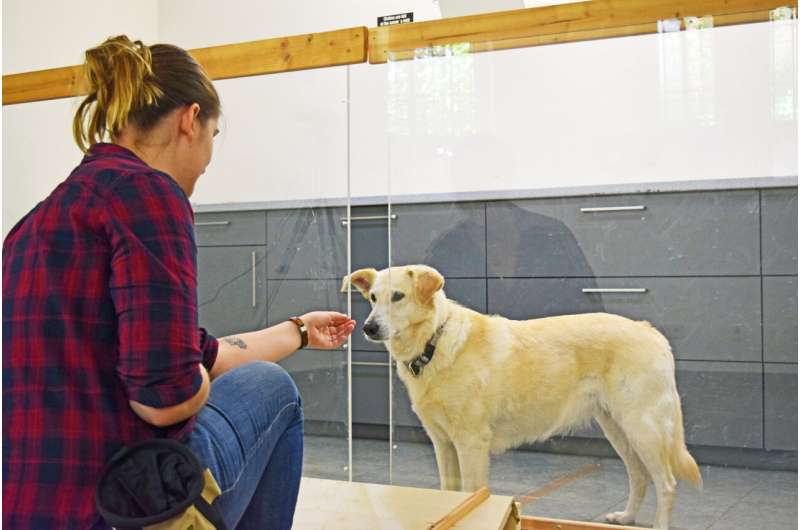Biofuels offer a cost-effective way to lower shipping emissions

Marine shipping traffic has grown steadily over the past decade—and so have the associated greenhouse gas emissions. Carbon emissions from ships grew almost 10% between 2012 and 2018, and the industry is a large consumer of petroleum fuel.
Substituting biofuel could reduce the amount of greenhouse gases and other pollutants entering the air from ocean shipping, according to a study from researchers at the U.S. Department of Energy (DOE) and Department of Transportation. Compared with conventional heavy fuel oil, the study found, biomass-based fuel could reduce greenhouse gas emissions between 40 and 93%.
Without any changes to the status quo, greenhouse gas emissions from shipping in 2050 could be 40% higher than they are today, according to the United Nations' International Maritime Organization (IMO). The IMO has set a target to instead cut those emissions by at least half.
Shipping is also a key source of sulfur oxides and soot or particulate matter emissions, which worsen air quality and have been linked to human health problems. The IMO recently imposed new fuel standards aimed at reducing emissions of sulfur oxides, requiring lower concentrations of sulfur in shipping fuel.
"The push to cut pollutants from shipping is an emerging opportunity for biofuels, but the potential impact has gone relatively unexplored," said Troy Hawkins, a scientist at DOE's Argonne National Laboratory who co-led the study, published in the journal Environmental Science & Technology. "Our analysis found biofuels can significantly reduce shipping emissions while remaining cost-effective."
The vast majority of cargo ships today run on heavy fuel oil, which is cheap and energy dense but very dirty to burn.
"These engines are multiple stories tall and so large you could climb inside them," Hawkins said. "They are just huge, and they are burning hundreds of millions of tons of thick, tar-like fuel to move freight internationally."
The study evaluated costs and emissions of biofuel alternatives including bio-oil and renewable diesel made from wood waste or fats such as used cooking oil. They also looked at mixtures of these biobased feedstocks with petroleum-based feedstocks including petroleum, natural gas and coal.
To conduct the emissions analysis, the researchers used Argonne's Greenhouse gases, Regulated Emissions, and Energy use in Transportation model (GREET). GREET is an analytical tool used to calculate the energy and environmental impacts of different fuels across their full life cycle. Instead of just considering the energy use and emissions that result when a fuel is burned, a life-cycle analysis considers the bigger picture, including extracting the fuel, refining it, and transporting it to users.
The GREET model is a well-established tool for life cycle analysis of transportation and other technologies. For this study, Argonne researchers significantly expanded the fuel pathways considered for marine shipping. Their collaborators at Pacific Northwest National Laboratory (PNNL) and the National Renewable Energy Laboratory (NREL) analyzed costs of the various fuels compared. They found the 100% biofuel options offered emissions reductions up to 93% compared with heavy fuel oil and also the lowest cost among the alternative fuel pathways considered.
Across the board, the biofuels lowered emissions of greenhouse gases, sulfur oxides and particulate matter—and at costs that could be competitive with heavy fuel oil, after considering incentives such as California's Low Carbon Fuel Standard. Due to the low sulfur content of the biobased feedstocks, the biofuels analyzed reduced sulfur oxides emissions by 97% or more; particulate matter emissions came down between 84 and 90%.
The research, which was funded by the Department of Transportation Maritime Administration and DOE's Bioenergy Technologies Office within the Office of Energy Efficiency and Renewable Energy, is part of a broader effort at DOE to study the feasibility of using biofuels to lower emissions from cargo ships. Recently, DOE also announced a partnership with the governments of the United States, Denmark and Norway to develop technologies for zero-emission shipping as part of Mission Innovation, a global initiative to accelerate affordable, accessible clean energy solutions.
The datasets developed in the recent study are publicly available and could also support the evaluation of fuels to meet California's Low Carbon Fuel Standard, which takes a similar life-cycle view of fuels to encourage options with the lowest carbon intensity. Co-authors with Hawkins are Eric Tan and Ling Tao at NREL; Uisung Lee and Michael Wang at Argonne; Pimphan Meyer at PNNL and Tom Thompson at the Maritime Administration.
"This study offers a foundation for fairly evaluating marine shipping fuels," Hawkins said. "With many options on the horizon for cleaner shipping, our goal is to support decision-making about which ones offer the best potential for mitigating greenhouse gas emissions and are the most cost-effective to pursue."
